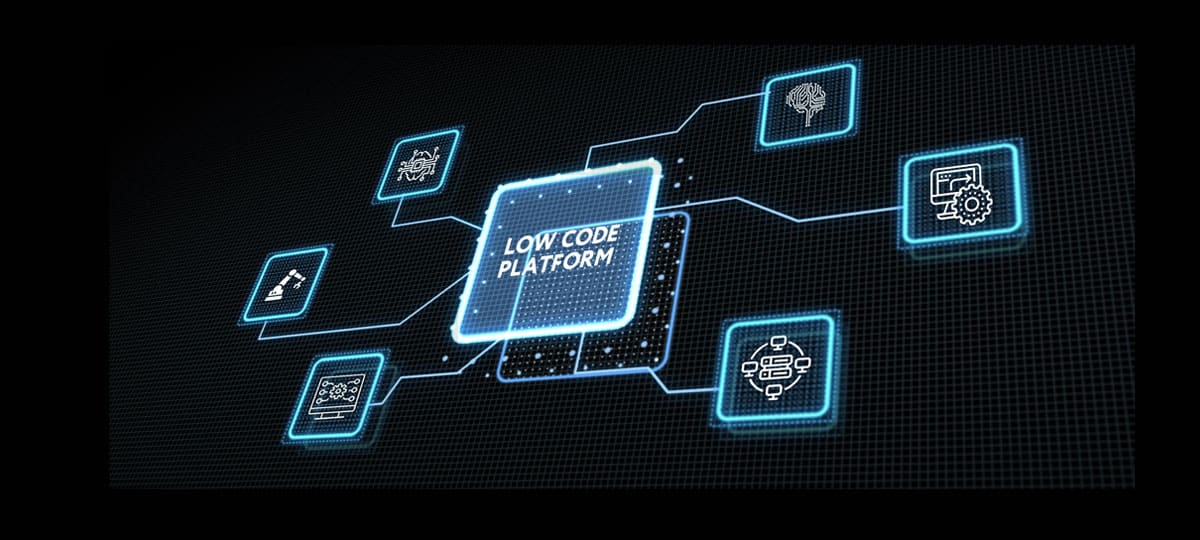From Crises to Core Technology


Executives expect more low-code than traditional coding starting in 2024
Mendix, a Siemens subsidiary and ex-SAP partner, announced the results of its State of Low-Code in Key Verticals 2022 survey. The survey shows that low-code has evolved from a crisis technology to a core technology in 69 percent of the companies surveyed. Respondents operate in banking, financial services, insurance, public sector, industrial manufacturing and retail. The survey was conducted between June 8 and June 20, 2022.
"The way we run our businesses has fundamentally changed in recent years. It is now crucial to digitize operations and interact with customers and employees across multiple channels and touchpoints," said Tim Srock, CEO of Mendix. "At the same time, the growing complexity of technology and the increasing speed of business operations require the use of low-code to ensure that business value can be delivered technologically and implemented quickly and agilely."
Companies are using low-code as the foundation for digital transformation. Because investments in effective technologies are strategic, they are driven by senior leadership, including CEOs, CIOs and chief digital officers. About 70 percent of respondents see low-code as an integral part of their business.
For all companies, priorities have continued to shift with changing macroeconomic conditions and customer expectations. In 2021, low-code was deployed for collaboration, cost reduction and speed. This year, low-code is expected to accelerate the development of customer portals, productivity applications, and enterprise software. The goal is to increase flexibility, ease adoption of techniques, and build security into applications from the start. Four out of ten companies already use low-code for business-critical applications.
"The majority of leading companies, regardless of industry, are using low-code to create higher quality digital experiences, improve back-end automation and increase overall business agility," said Ron Wellman, Head of Industry Clouds at Mendix. "They need a low-code platform that supports rapid change, collaboration between business departments and IT, renewal of legacy systems, and alignment with changing customer and employee expectations."

Bridge between IT and OT
Currently, the greatest need for low-code is seen in IT (50 percent), production engineering (43 percent), product design and quality control. Low-code is also used to improve collaboration across multiple domains, disciplines and regions, and to engage with carriers and suppliers (64 percent). A primary goal is to use low-code as a bridge between IT and OT. Some companies are using low-code to replace in-house developed legacy systems for quality or manufacturing processes. For 39 percent of respondents, it is important that low-code applications can be integrated into existing legacy systems. The majority use low-code to solve transportation, logistics and supply chain problems, among other things.
Process and data transparency
According to the survey, the two most important benefits of using low-code in manufacturing are improved real-time process visibility and improved real-time data visibility. Additionally, data integration supports these benefits. It also enables data sharing outside of design, improved order placement, and the creation of mobile and workflow applications. The two biggest challenges for manufacturing are modernizing legacy IT and production monitoring
"Companies differentiate themselves by being agile and quickly developing new digital solutions that are unique to their brand and meet market demand, regardless of where they are in their modernization efforts. Retailers are using low-code to digitize processes and improve collaboration with their ecosystem of partners, vendors and third-party solution providers to gain greater visibility and actionable insights. This is key to delivering exceptional customer service and experiences, especially as retailers focus on personalizing in-store experiences," said Erika Arena, Retail Industry Principal at Mendix. "A modern application development platform enables companies to create unified experiences by extending and connecting solutions across the enterprise."





